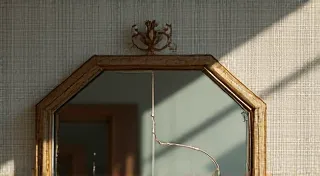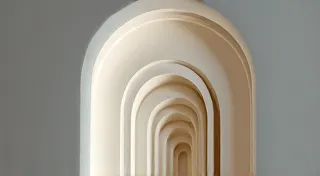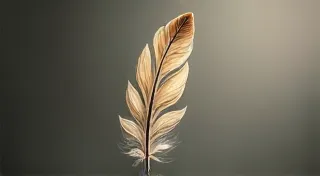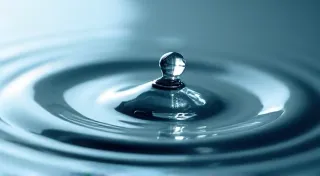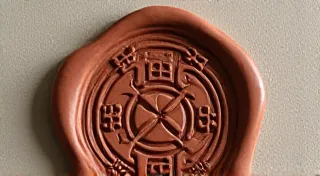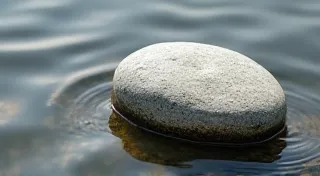The Alchemist's Vessel: Transforming Ordinary Bottles into Treasures
There's a quiet poetry to old bottles. Not just the history they hold – tales of apothecaries, breweries, and families long gone – but a visual charm, a patina of age that speaks of resilience and time. To me, they aren't merely containers; they’re whispers from the past, vessels ripe for a second life. And that’s where reverse glass etching comes in, transforming these ordinary objects into something truly extraordinary, akin to a form of modern alchemy.
I remember stumbling across my first bottle – a thick, olive-green apothecary jar, found tucked away in the dusty corner of an antique shop. It was unassuming, clouded with grime and neglect. But even then, I sensed a story waiting to be revealed. It sparked a fascination that’s only deepened over the years. Initially, I was drawn to the collecting aspect – the thrill of the hunt, the research into provenance and manufacture. But the desire to *do* something, to breathe new life into these relics, proved irresistible. That's when I discovered reverse glass etching.
The Essence of Reverse Glass Etching: More Than Just Decoration
Reverse glass etching is often perceived as a decorative technique – and it certainly *is* that. But to me, it represents something deeper. It’s about revealing, not covering. It’s about letting the inherent beauty of the glass shine through, while simultaneously adding a layer of artistic expression. The process involves applying a stencil to the *inside* of the glass, then using etching cream to selectively remove the surface. What remains is a permanent, slightly recessed design, creating a subtle texture and depth that is truly captivating. Unlike traditional etching which sits on the surface, reverse etching adds a unique dimension, a feeling of the design being almost *born* from the glass itself.
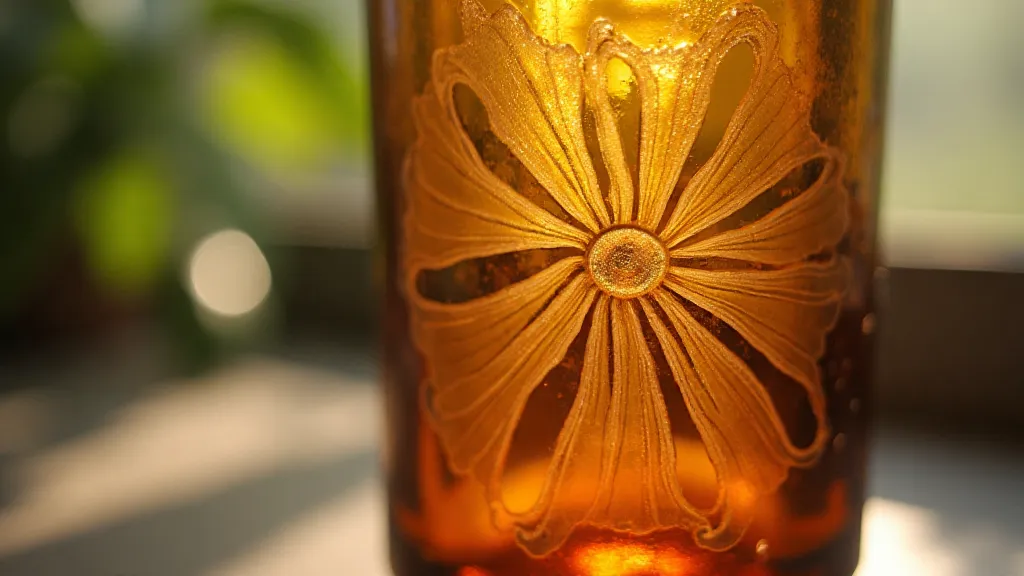
A Brief History: From Function to Art
The history of glass bottle manufacture is a fascinating study in innovation and craftsmanship. Early bottles were utilitarian – functional containers for everything from medicine to beer. The quality of glass varied greatly, dictated by the available materials and the skill of the glassblower. As techniques improved, bottles became more refined, with intricate molds creating beautiful, albeit still functional, shapes. The practice of decorating bottles existed even then – applied labels, hand-painted designs, and occasionally, simple etched patterns. However, the widespread adoption of reverse glass etching as an artistic technique is a relatively recent phenomenon, fueled by the accessibility of materials and the burgeoning DIY craft movement.
Today, antique bottles – particularly those from the 19th century – are highly prized by collectors. Their condition, color, shape, and any applied decorations all contribute to their value. While attempting to “restore” a bottle to its original pristine condition is generally frowned upon by serious collectors, subtle enhancements – like carefully cleaning and stabilizing a loose label – are sometimes acceptable. Reverse glass etching, when executed tastefully and with a deep appreciation for the bottle’s history, can elevate its aesthetic appeal without compromising its integrity. It's a delicate balance, requiring respect for the object's past and a confident hand in the present. Consider the influence of a location - a milk bottle from a local dairy evokes a different feeling than a beer bottle designed for a regional brewery. It’s about capturing essence and narrative, something artists exploring mapping inner landscapes through etching have also considered deeply.
Tools of the Trade: A Craftsperson's Palette
The beauty of reverse glass etching lies in its accessibility. The tools required are relatively simple and readily available. You’ll need etching cream (a careful handling of this chemical is essential – safety gear is a must!), stencils (either purchased or custom-made), plastic sheeting to protect your work surface, gloves, safety glasses, and a small amount of dish soap. The most critical element, however, is the glass bottle itself. The thickness and clarity of the glass will influence the final result.
Beginners often start with simpler designs – geometric patterns, single flowers, or basic lettering. As your skill grows, you can tackle more complex projects – landscapes, portraits, or intricate floral arrangements. The key is to experiment, to learn from your mistakes, and to develop your own unique style. Don’t be afraid to try new things! The imperfections that often arise from the process – the slight variations in etching depth, the occasional bubble or mark – often add to the charm and character of the finished piece. They tell a story of the hand that created it.
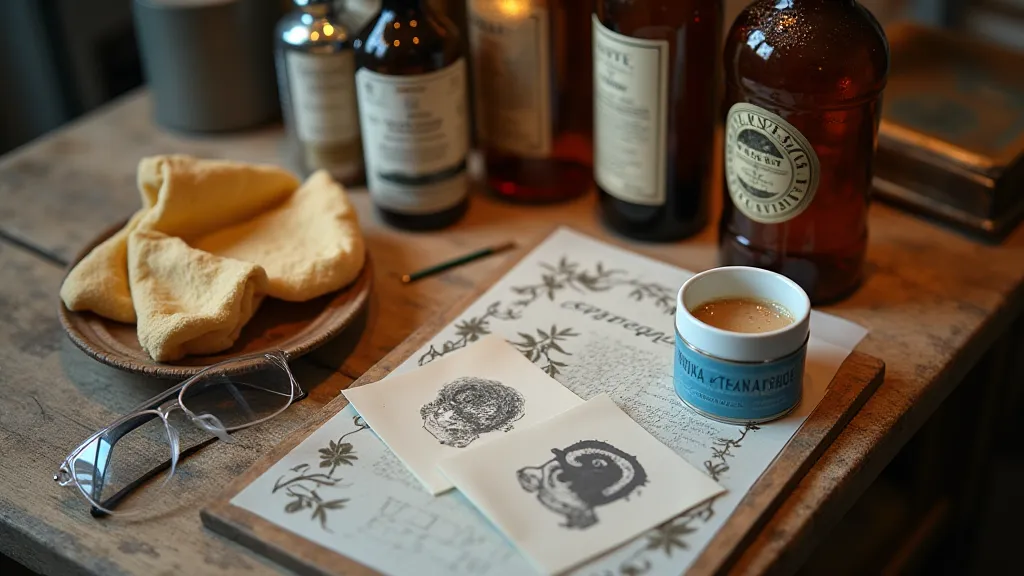
Design and Inspiration: Whispers of the Past
The design possibilities for reverse glass etching are virtually endless. But when working with antique bottles, it's important to consider the bottle's origin and its intended purpose. A design that complements the bottle's history will feel more harmonious and authentic. A Victorian-era apothecary bottle might be beautifully adorned with a delicate botanical illustration, while a sturdy beer bottle could feature a bold, geometric pattern. Or perhaps, a simple line drawing reflecting the bottle's original label.
I often find inspiration in old advertisements, vintage postcards, and antique textiles. These glimpses into the past offer a rich source of imagery and design motifs. The desire to capture the delicate structure of blooming flora can present challenges; many artists find that etching botanical silhouettes offers a compelling method for expressing the essence of transience. The fleeting nature of blooms, particularly when striving for a truly authentic feel, can be challenging to capture. Those exploring evoking underwater landscapes through etching often find that contrasting textures and depth create a captivating visual effect.
But ultimately, the best designs are those that come from the heart – those that express your own personal connection to the bottle and its story. Take time to research the bottle’s potential origins. Knowing whether it’s a milk bottle from a local dairy, a medicine jar from a family-owned pharmacy, or a beer bottle from a long-defunct brewery can greatly influence your artistic choices. The ability to evoke a sense of place, to subtly suggest a vanished era, can elevate a piece from a mere decoration to a poignant piece of storytelling.
Beyond the Surface: A Deeper Dive into Technique
While achieving a crisp, clean design is admirable, some of the most captivating pieces arise from embracing the inherent irregularities of the process. The way the etching cream interacts with the glass's surface is rarely predictable, and these unexpected results often contribute significantly to the piece's character. For example, the thickness of the stencil, the angle at which it’s applied, or even minor imperfections in the glass itself can all influence the final outcome. This element of chance can be both frustrating and exhilarating, prompting experimentation and a deeper understanding of the medium.
Consider the way light plays on the etched surface. The subtle variations in depth create a dynamic interplay of light and shadow, adding another layer of visual interest. Skilled practitioners often learn to manipulate these effects, using careful masking and layering techniques to create depth and dimension. It's a skill that takes time and practice to master, but the rewards are well worth the effort.
Beyond Decoration: A Meditation on Time and Craftsmanship
For me, reverse glass etching is more than just a craft; it’s a meditative practice. It requires patience, precision, and a deep appreciation for the materials and the process. It’s a chance to slow down, to connect with the past, and to create something beautiful and lasting. It’s about taking an ordinary object – a discarded bottle – and transforming it into a treasured heirloom. It’s about breathing new life into a relic of the past, a tangible link to generations gone by. And in a world dominated by mass production and disposability, that act of creation – that alchemical transformation – is profoundly satisfying. Thinking about how historical bottle designs were rendered is important as well; artists aiming to replicate these elements might find inspiration in reimagining historic bottle designs and approaches.
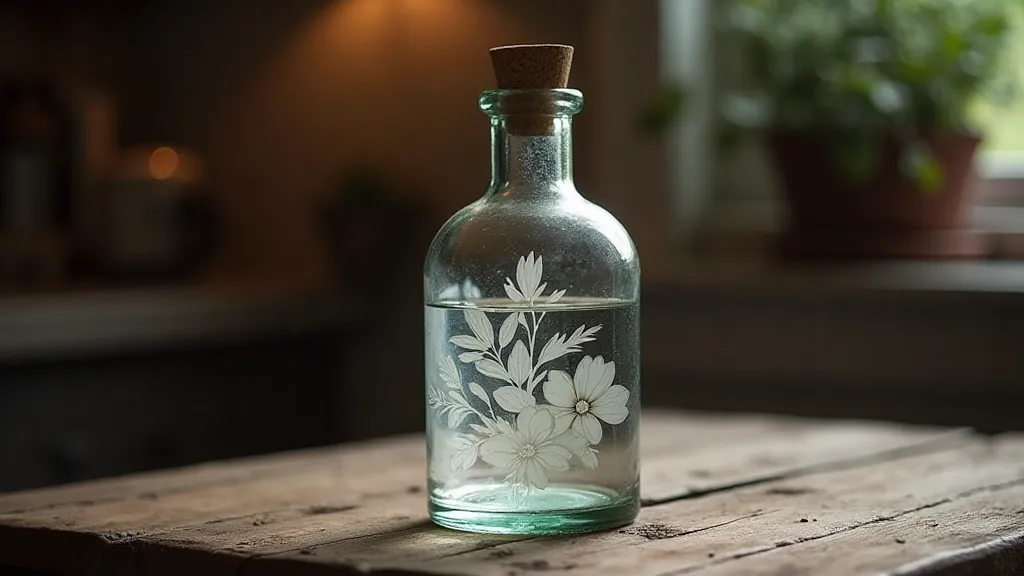
The possibilities extend beyond replicating existing motifs, however. Consider the allure of the underwater world – a subtle texture suggesting submerged scenes can transform a simple bottle into a window to a hidden realm. Those who attempt such endeavors and focus on evoking underwater landscapes through etching often find a unique sense of peace and creativity.
The beauty of reverse glass etching isn't just in the final product, but in the journey itself—in the careful consideration of materials, the deliberate application of techniques, and the profound connection to history that it fosters. It's a process of rediscovery, a dialogue between the present and the past, and a testament to the enduring power of human creativity. The imperfections and unexpected results become part of the story, adding character and depth to each unique piece. It’s a reminder that true beauty often lies not in perfection, but in the embrace of the unexpected.
